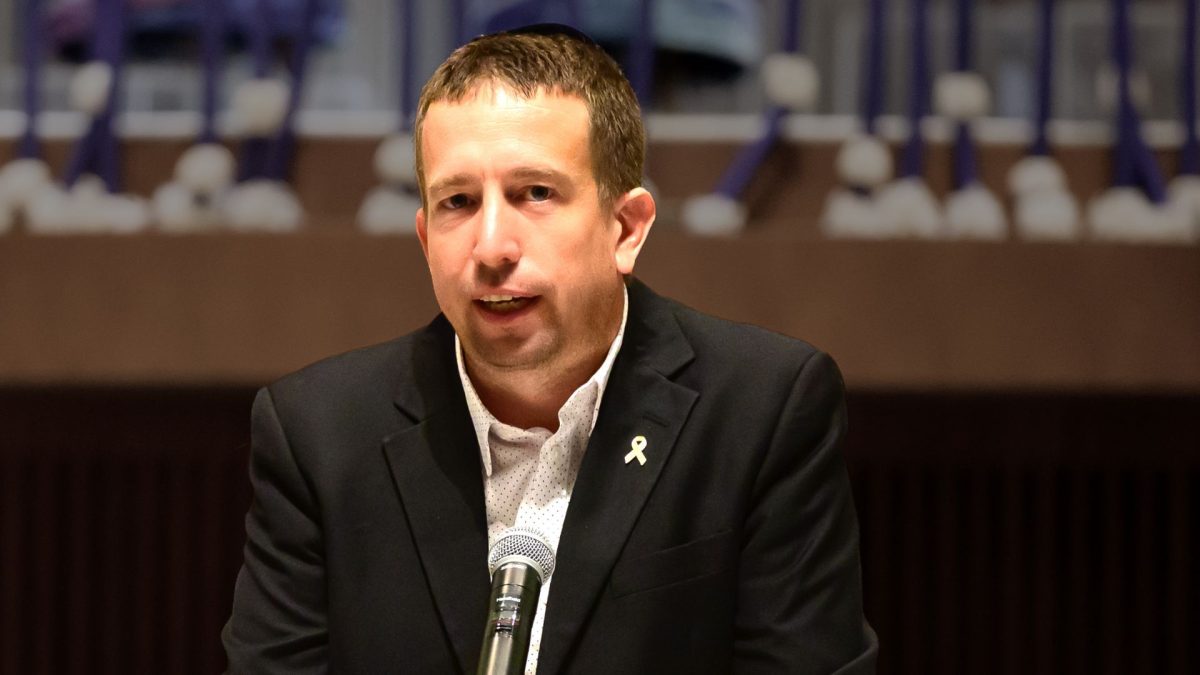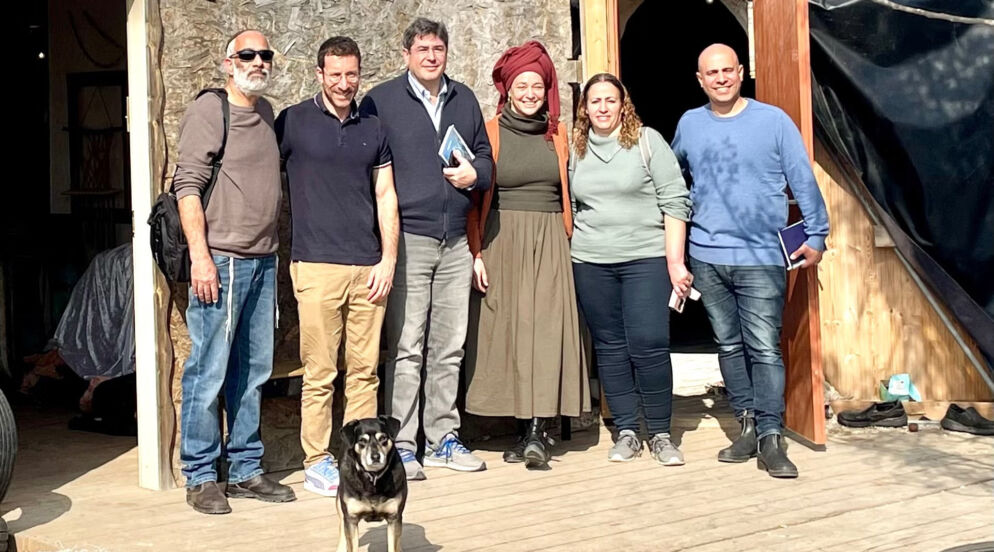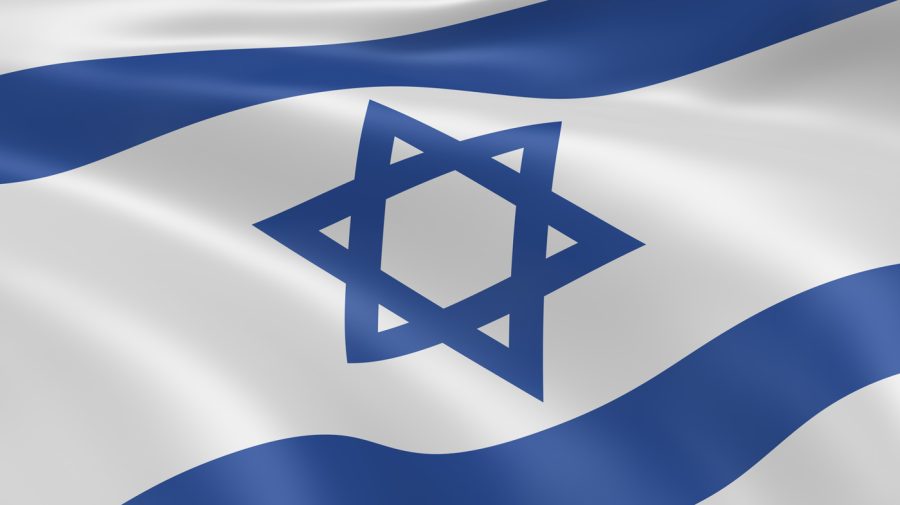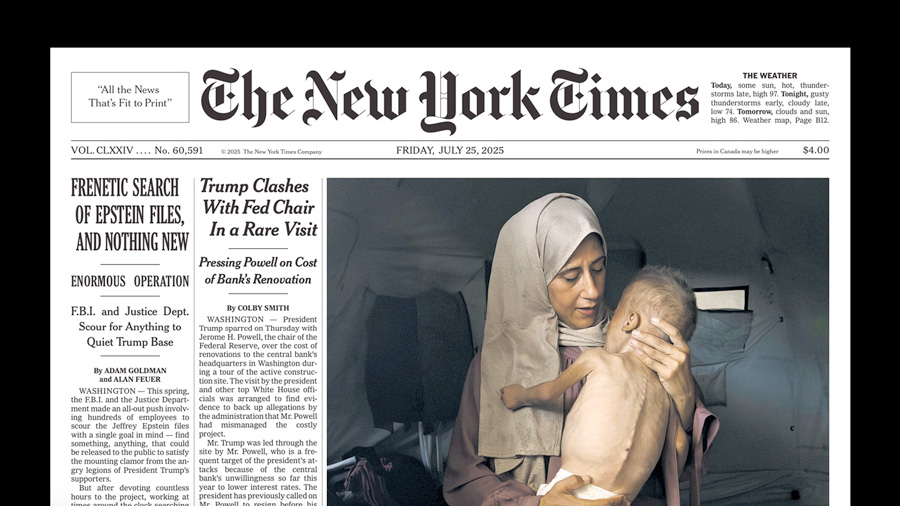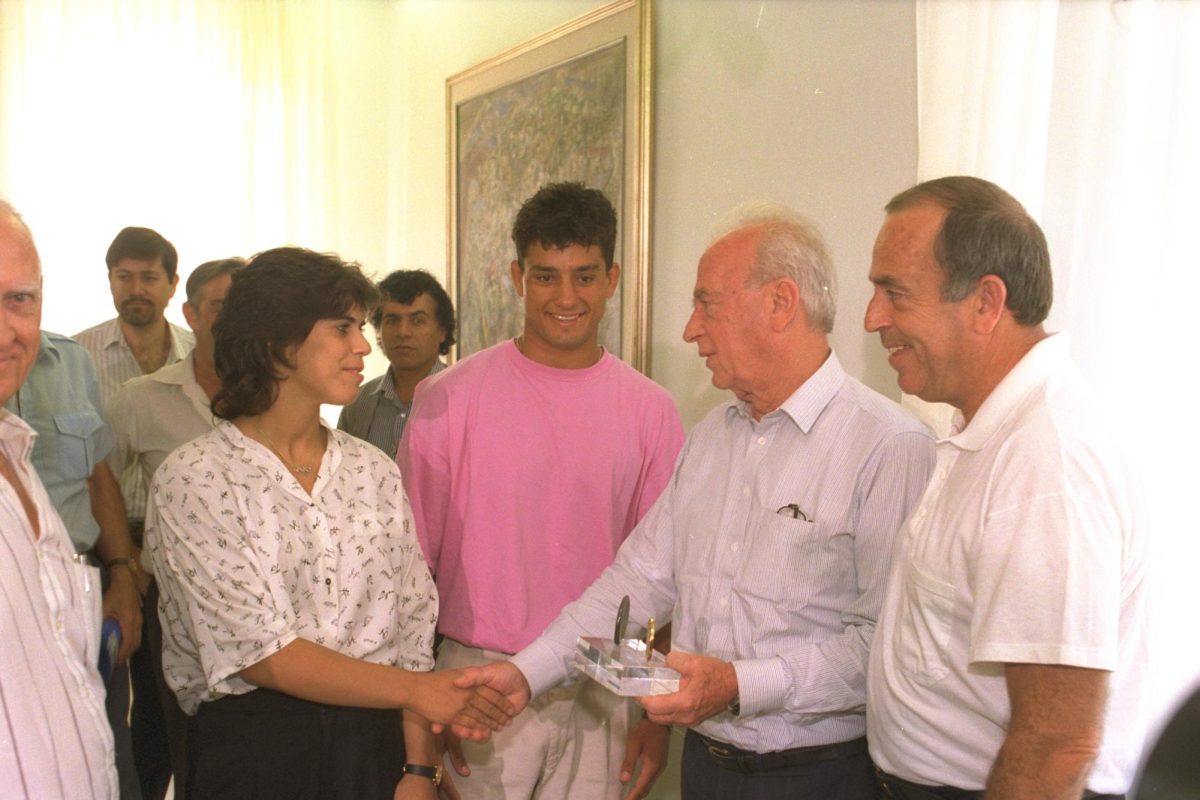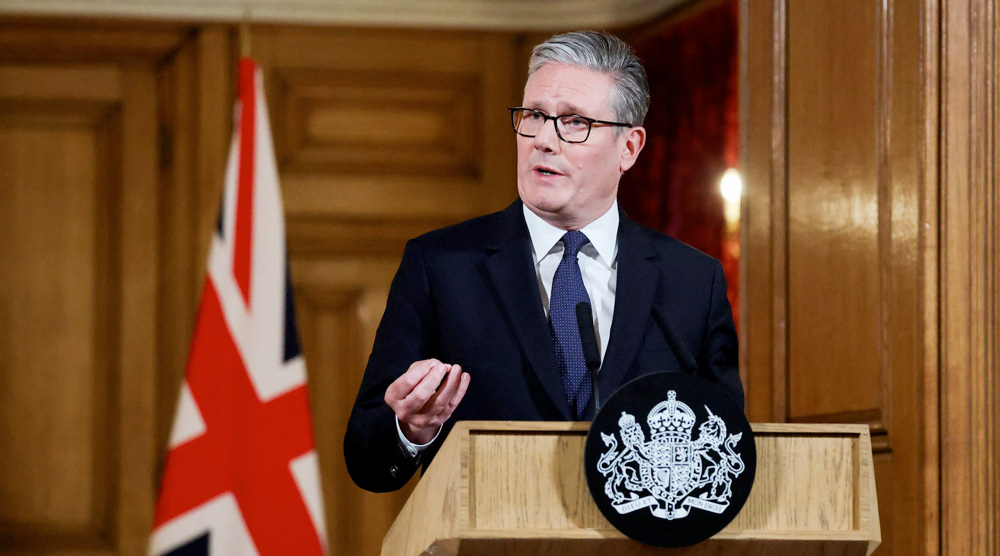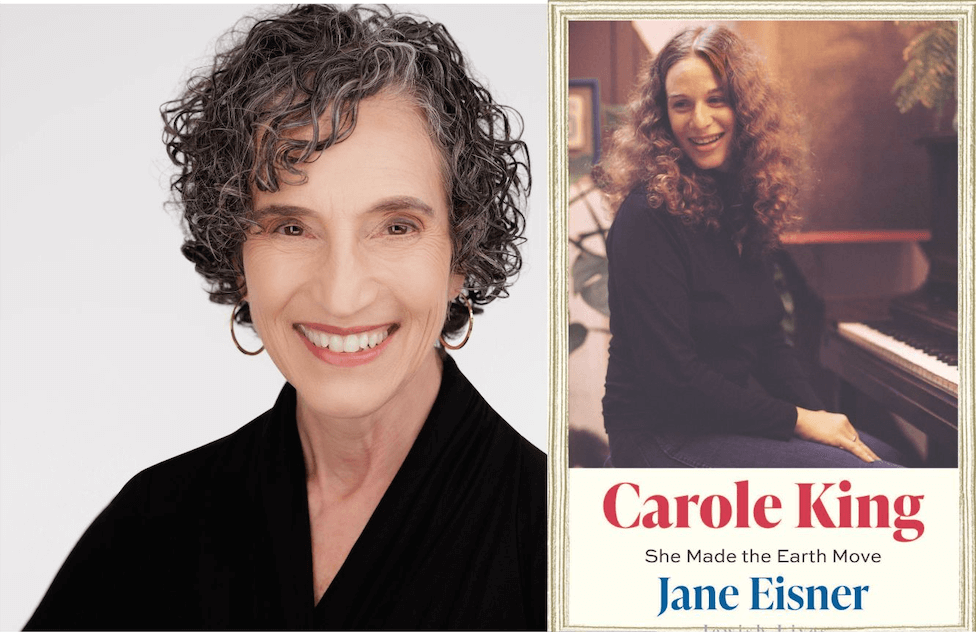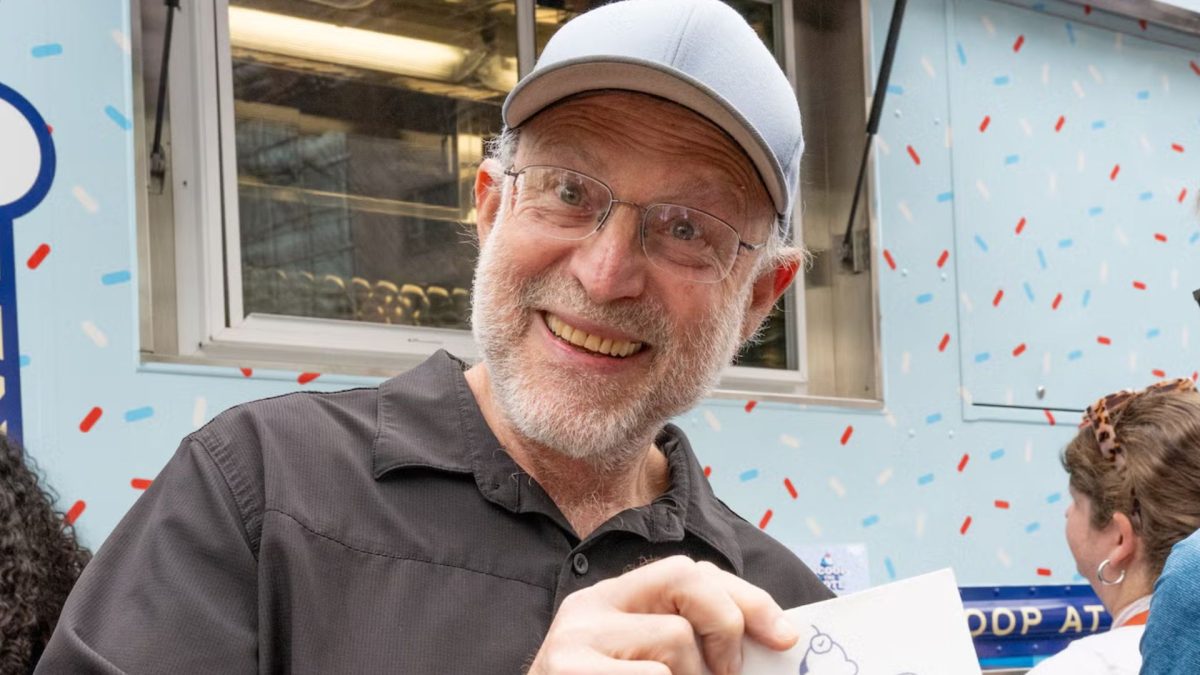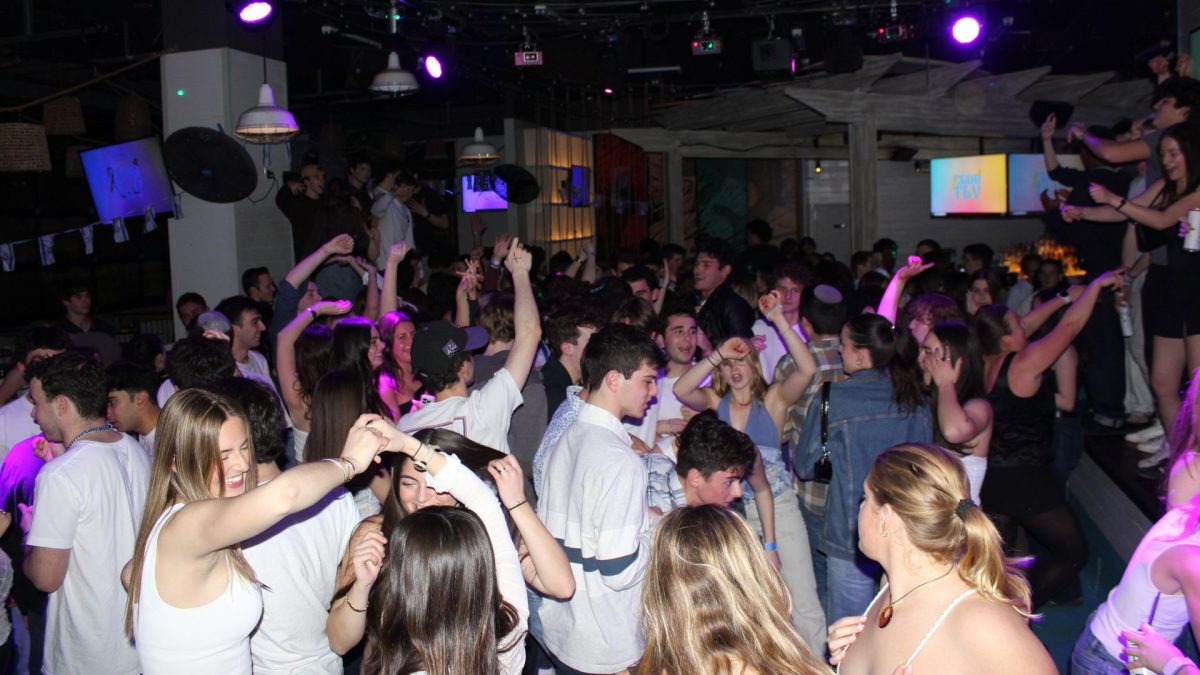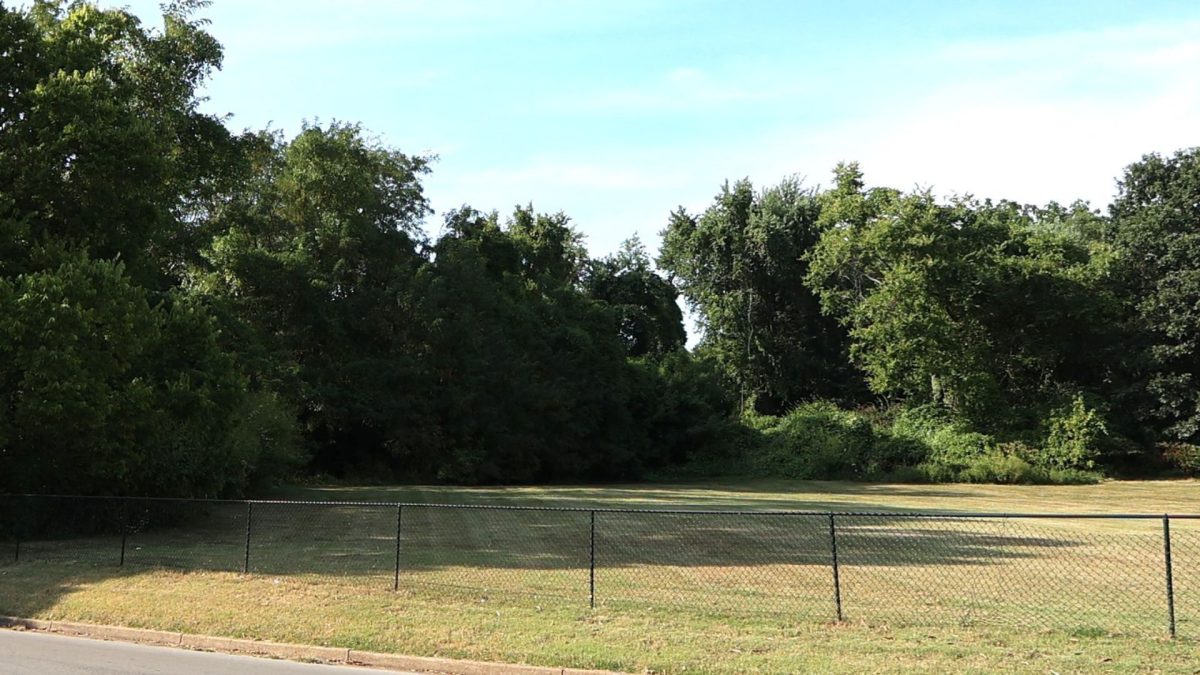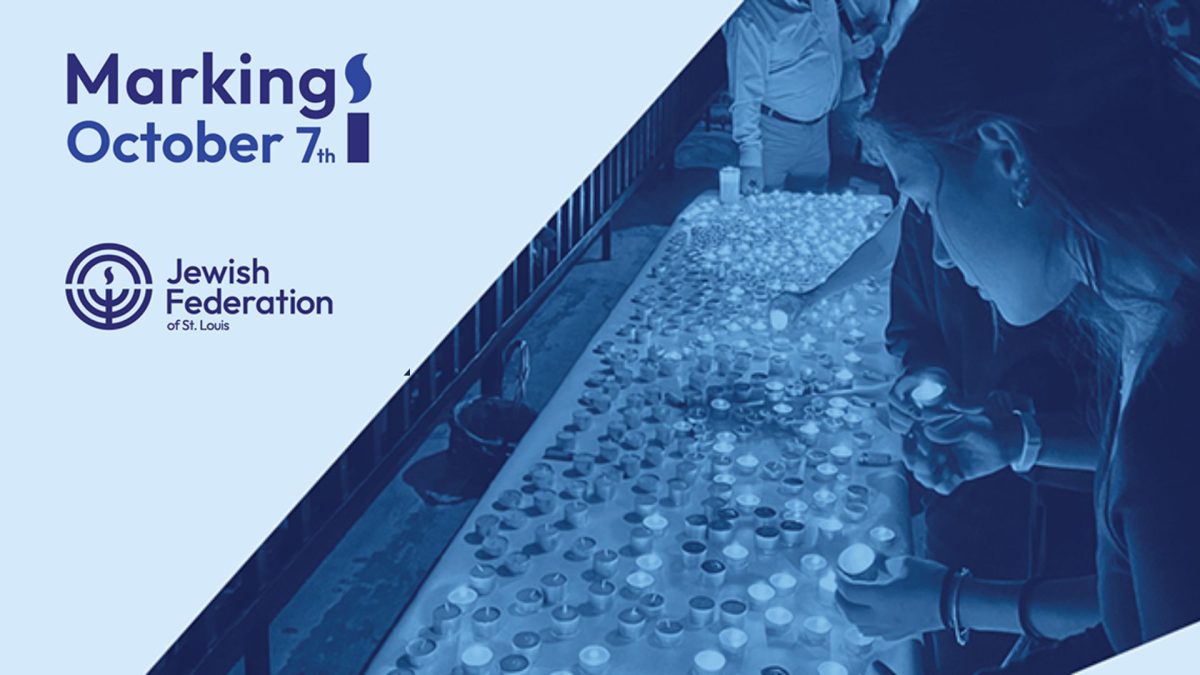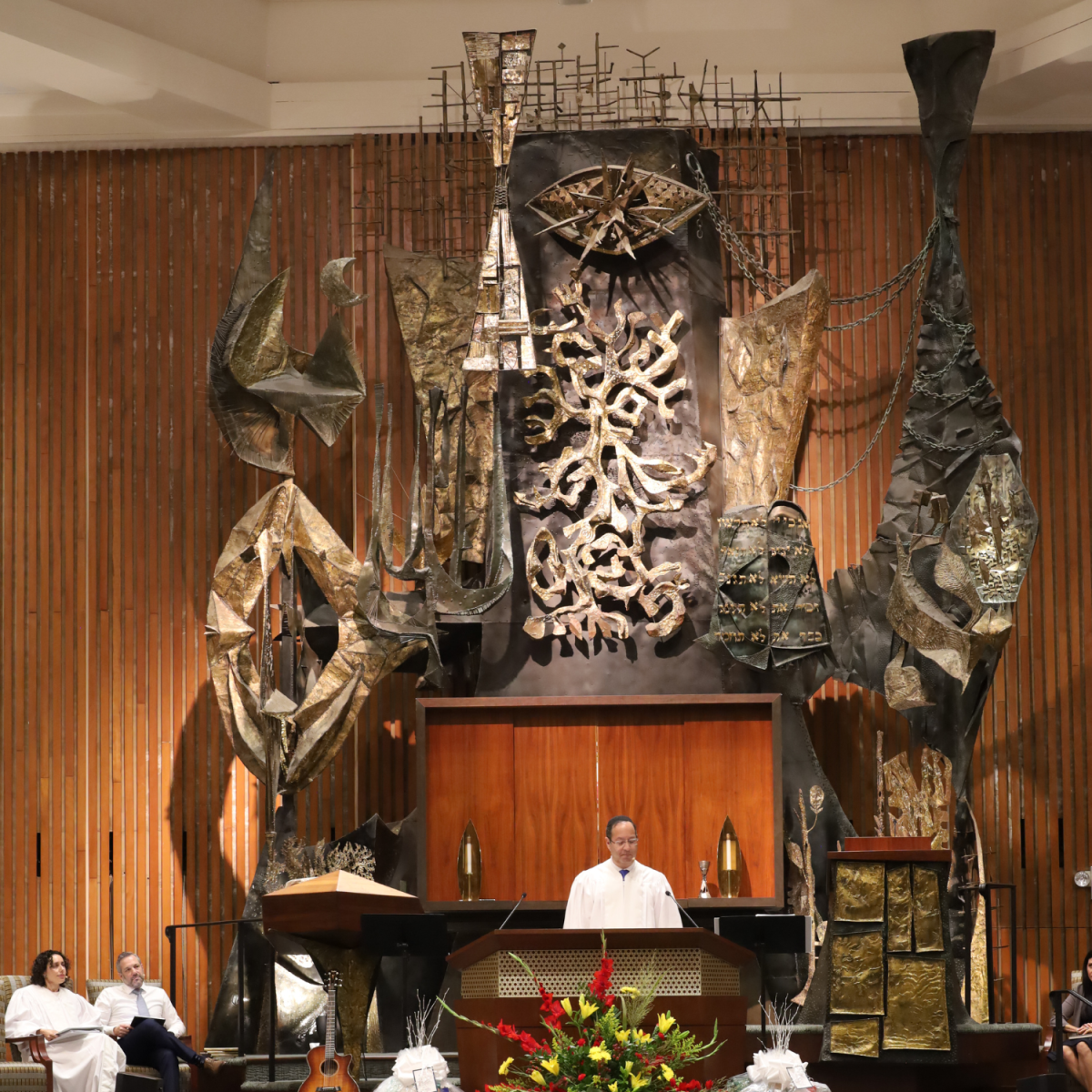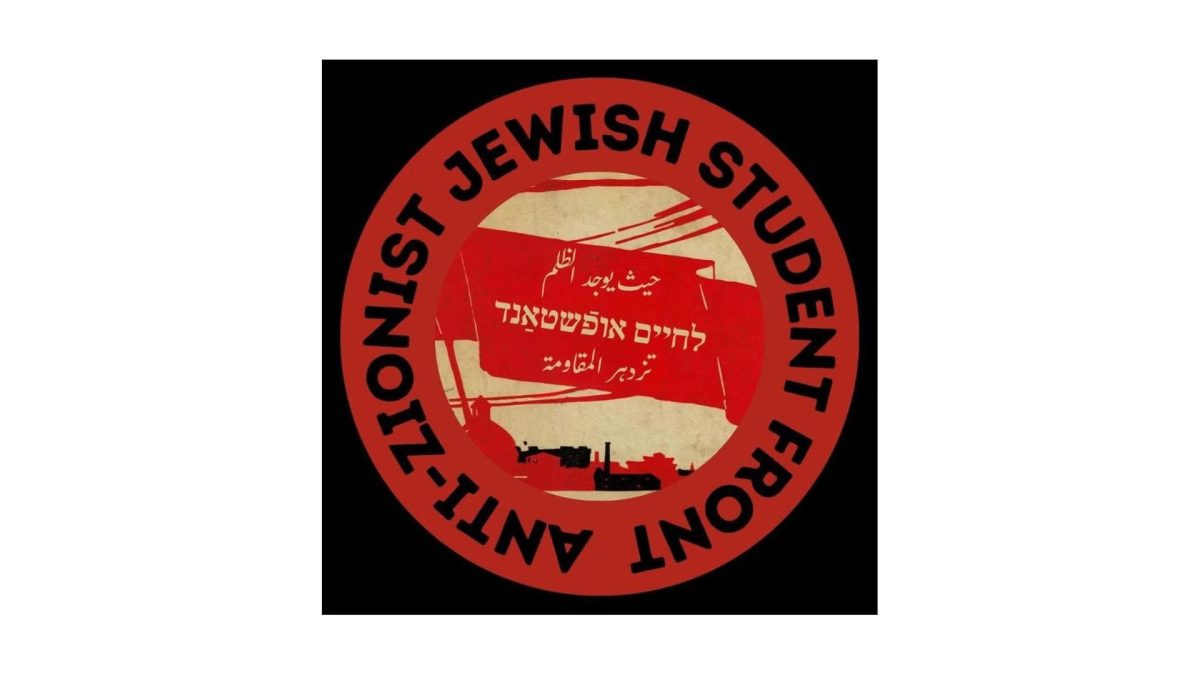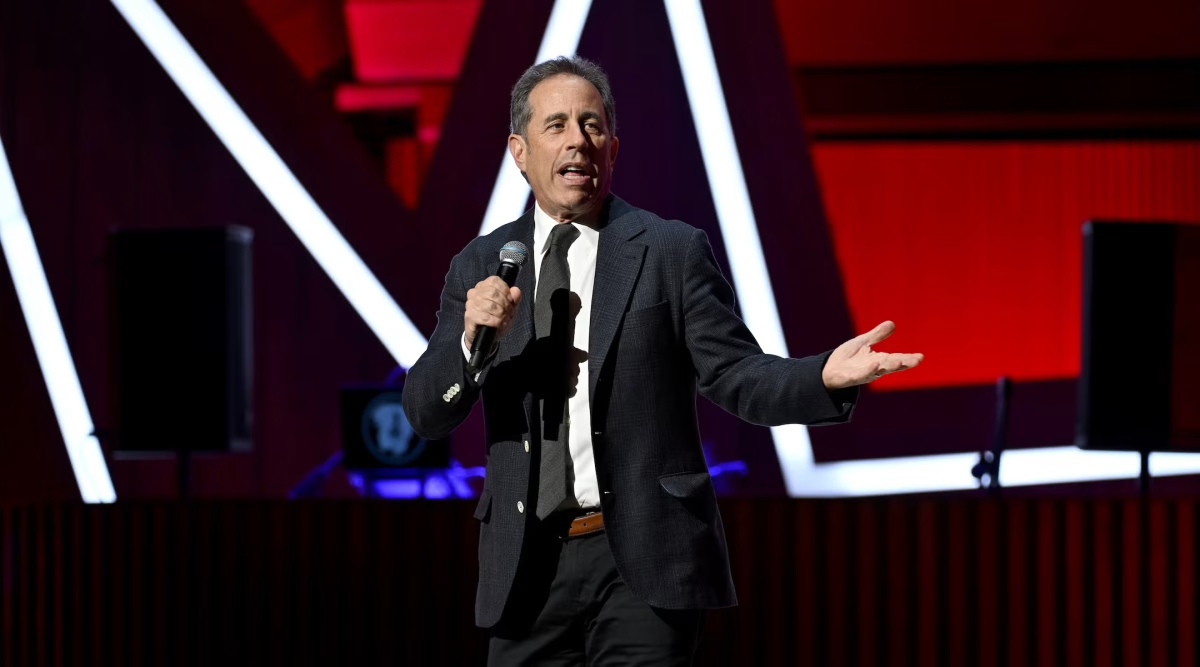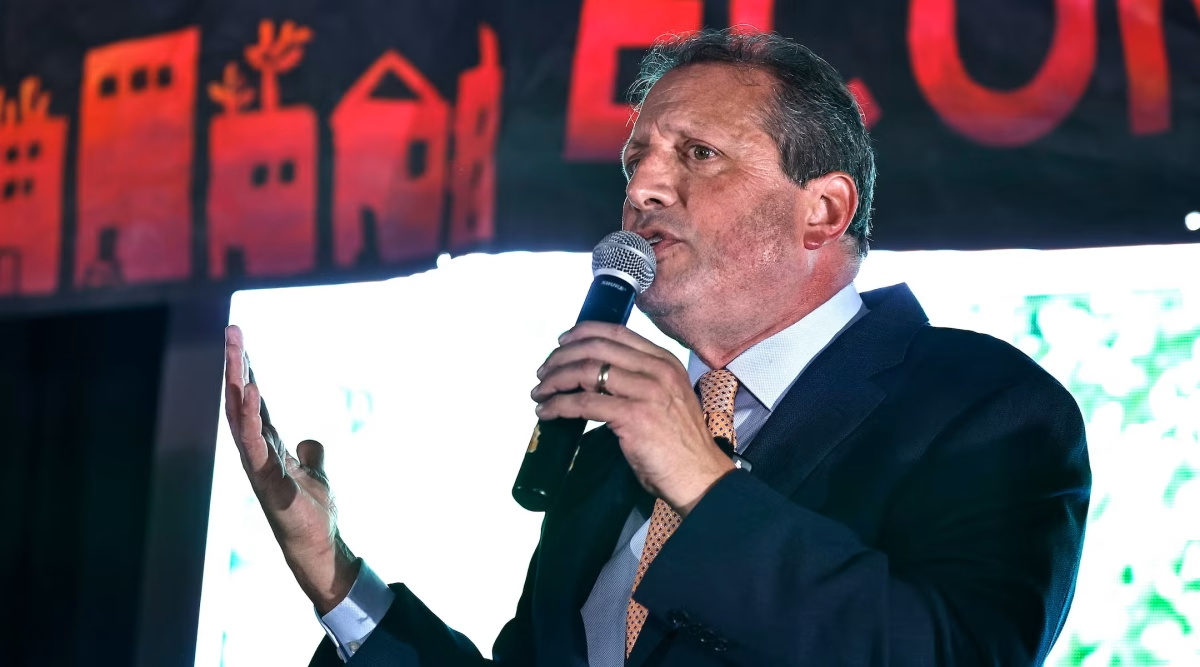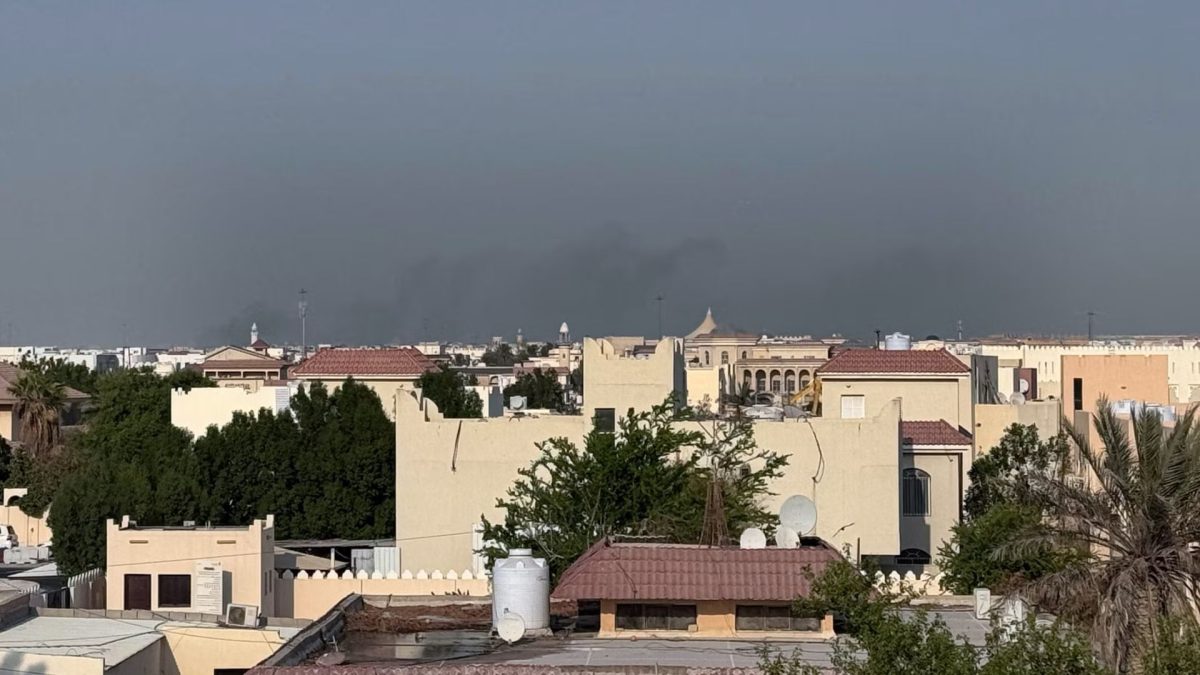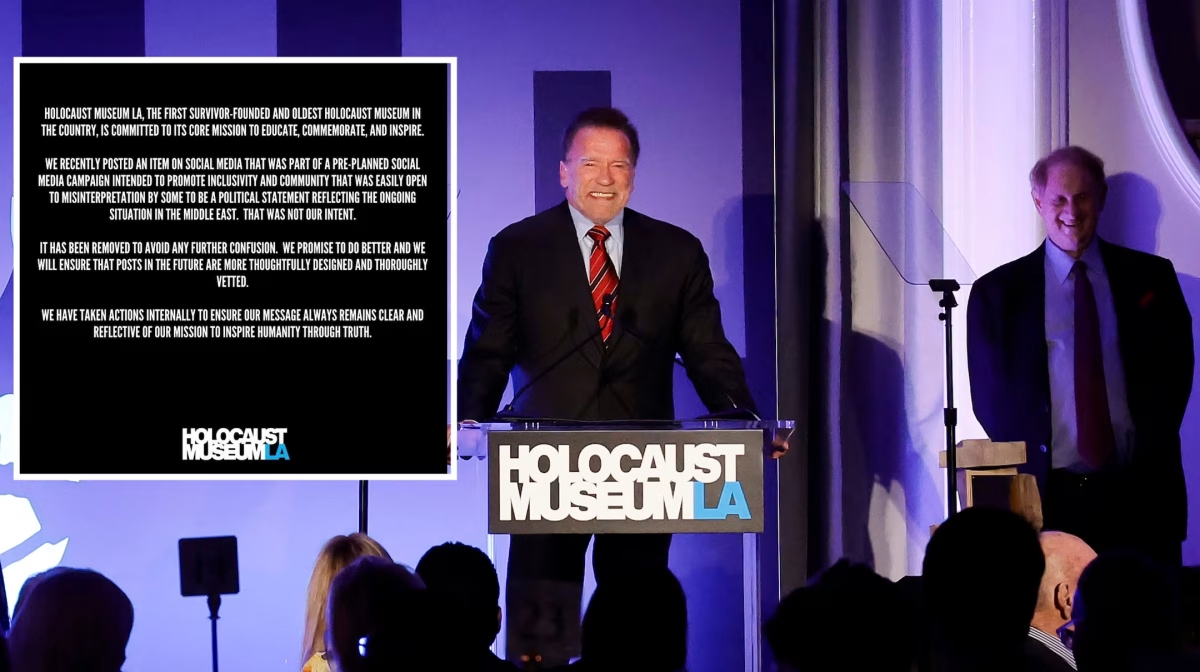(JTA) — Yom HaShoah, Israel’s Holocaust Remembrance Day, began Sunday night, marking the anniversary of the Warsaw Ghetto Uprising and serving as a memorial day for the 6 million Jews murdered by the Nazis. This year, as the Israel-Hamas war enters its seventh month, the day takes on added symbolism: It is the first Yom HaShoah since Hamas’ Oct. 7 attack, which was the deadliest day for Jews since the Holocaust.
Yom HaShoah, which was first observed in Israel in 1951 and became enshrined into law later in the decade, is viewed by many Jewish communities around the world as their primary day for Holocaust remembrance. The United Nations’ International Holocaust Remembrance Day, which falls annually on Jan. 27, often draws attention from non-Jews, offering an opportunity for Holocaust survivors and Jewish groups to reach a wide audience.
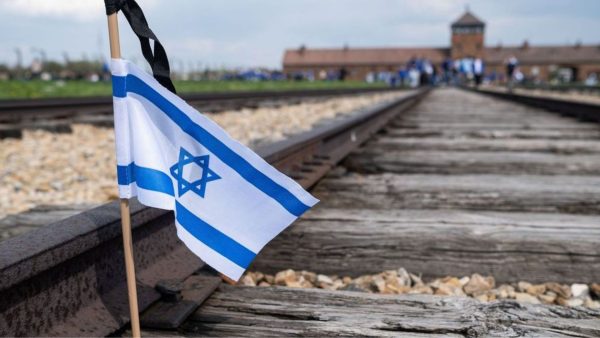
With as many as 100 living hostages still in captivity in Gaza, and pro-Palestinian protests roiling college campuses across the United States, this year’s Yom HaShoah arrives during a particularly tense moment for global Jewry. Boston’s Jewish federation is calling it “the most significant Yom HaShoah in the last 76 years.”
ADVERTISEMENT
For Yad Vashem, Israel’s national Holocaust memorial and museum, the theme of this year’s Yom HaShoah commemoration, which was planned prior to Oct. 7, has taken on a new meaning. Billed as “A Lost World: The Destruction of Jewish Communities,” Yad Vashem will host its annual ceremony on Sunday evening, featuring Holocaust survivors lighting six torches to represent the 6 million victims.
“The whole subject matter of this year’s theme is very much reminiscent of October 7,” Yad Vashem spokesperson Simmy Allen told The Times of Israel.
Yad Vashem’s artist-in-residence, Shai Azoulay, said he had incorporated themes from the current conflict into his artwork.
“We experienced … a sample of the Holocaust,” Azoulay said. “We got a sense, as a people, of what it means to experience a pogrom, and we were in shock, as though our limbs had been amputated, and it was a wake-up call.”
ADVERTISEMENT
The International March of the Living, the annual educational pilgrimage to Auschwitz, has also adopted a new approach to this year’s Yom HaShoah. The march will be led by 55 Holocaust survivors, including seven who were also affected by the Oct. 7 attacks. Some double-survivors have drawn connections between the two experiences, while others have cautioned against such comparisons.
The organization that puts on the event has also invited American and Canadian university presidents and chancellors to participate in the commemoration, according to a press release. The cohort will be led by former U.S. Secretary of Education John King, who is now the chancellor of the State University of New York, as well as Yeshiva University President Rabbi Ari Berman. The group will include leaders from public, private, Catholic, Evangelical and historically Black colleges and universities.
“In this period of crisis, it is more important than ever that university presidents of moral conscience are joining together to honor the memory of all Holocaust victims, pledging to stand against antisemitism and all forms of discrimination and hate,” Berman said, according to the release. “Serving as witnesses to the horrors of the Nazis will give context to the roots of antisemitism and help inform why we must continue to condemn antisemitism, from Eastern Europe to U.S. college campuses.”
For the Israeli-based AI transcription company Verbit, the Oct. 7 attack and ensuing war have added urgency to Holocaust remembrance and preservation efforts.
In partnership with the Conference on Jewish Material Claims Against Germany, known as the Claims Conference, Verbit has embarked on a years-long project to transcribe Holocaust survivor testimony — with the ultimate goal of 8 million minutes. According to Verbit, 400,000 minutes are now accessible and searchable. Verbit is also working with Yad Vashem to transcribe portions of the museum’s archives.
“In light of events following Oct. 7 in Israel, it’s become abundantly clear that preserving first-hand survivor testimonies has become more critical than ever before,” the company said in a press release.
Some Yom HaShoah initiatives and gatherings are expecting large turnouts, in part because of the recent reported rise in antisemitism.
The global Jewish organization Olami is partnering with the Harvey & Gloria Kaylie Foundation on an initiative to encourage lighting memorial candles to honor Holocaust victims. The project offers printable labels for more than 300,000 victims, and because of an expected uptick in participation this year, it shipped more than 10,000 labeled candles throughout the U.S. and Canada.
In New York, Temple Emanuel-El and the Museum of Jewish Heritage are collaborating on the Annual Gathering of Remembrance, which will feature music, a candle-lighting ceremony and remarks from Jewish leaders, clergy and U.S. Rep. Jerry Nadler. Organizers are expecting thousands of attendees this year.
And in Australia, the klezmer band Chutney marked the holiday by sharing its rendition of “Avinu Malkeinu,” the High Holiday prayer that often accompanies sad or painful moments in Jewish tradition.
“This Yom HaShoah cuts us more deeply than any before,” the band wrote in an email to its followers. “Things that we and the world vowed would happen ‘never again’ were committed against us — again.”




